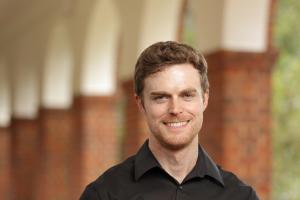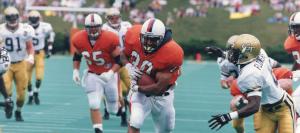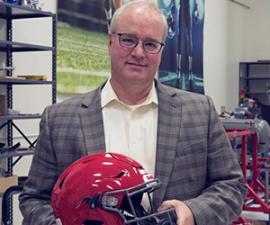Richard W. Kent

About
Dr. Kent is the Frederick Tracy Morse Professor and Chair of Mechanical and Aerospace Engineering, Professor of Biomedical Engineering, and Professor of Orthopaedic Surgery at the University of Virginia, and co-Founder of the UVA Center for Applied Biomechanics. He has worked in the fields of automobile safety and injury biomechanics for over 25 years and has published over 200 peer-reviewed books, chapters, and articles in those fields. He has formally mentored over 70 graduate student theses and dissertations. His most prominent contributions are focused on the biomechanical and injury characterization of the trunk, head, and lower extremities, and on the effects of aging on injury tolerance and dynamic loading response. His studies of aging have included biomechanical testing of ATDs, PMHS, and physiological models; computational modeling; and the analysis of real-world data at both the case-study level and integrated within databases. He was Principal Investigator for the GHBMC Thorax and Upper Extremity Center of Expertise, which was responsible for the complete development of one of the world’s most anatomically detailed thorax finite element models. Recently, Dr. Kent has focused on the protection of elite athletes, with particular interest on injuries of the foot and ankle, concussion, and the design of helmets, athletic shoes, and surfaces for the mitigation of injury risk. He served on the Joint NFL/NFLPA Engineering Committee for over a decade, was the founding chair of the Joint NFL/NFLPA Field Surface Safety and Performance Committee, and currently serves on the Injury Mechanism and Risk Factors Working Group of the National Basketball Association. Dr. Kent is a Fellow of the Society of Automotive Engineers and the Association for the Advancement of Automotive Medicine and served on the Stapp Advisory Committee for 15 years.
Education
B.S. Mechanical Engineering, University of Utah
M.S. Mechanical Engineering, University of Utah
Ph.D. Mechanical & Aerospace Engineering, University of Virginia
Research Interests
Selected Publications
RICHARD W. KENT
RICHARD W. KENT
RICHARD W. KENT
RICHARD W. KENT
RICHARD W. KENT


